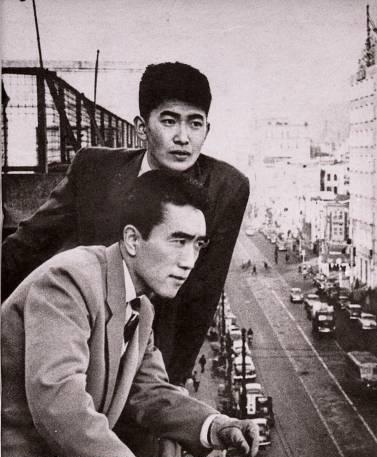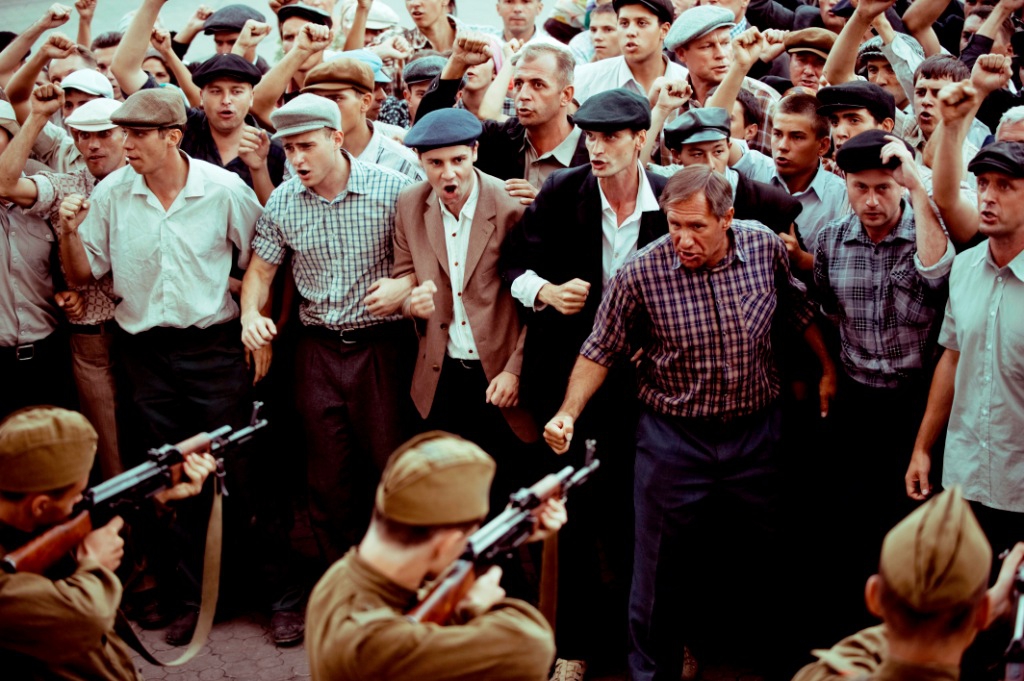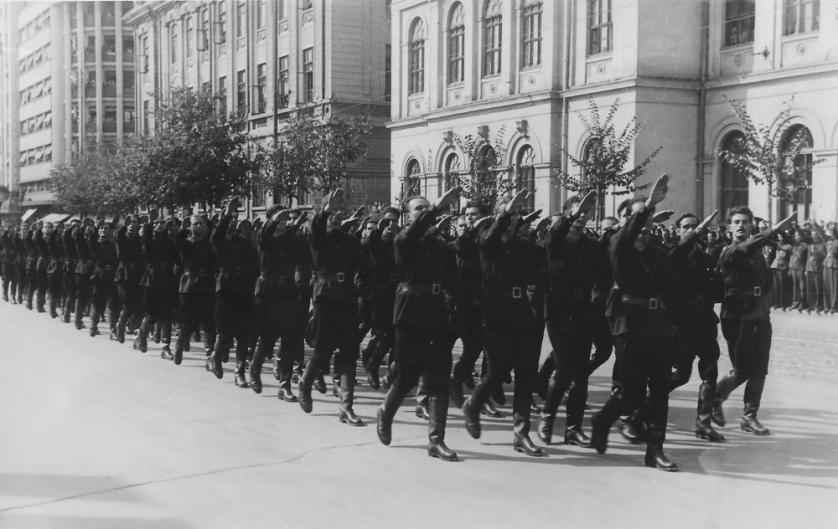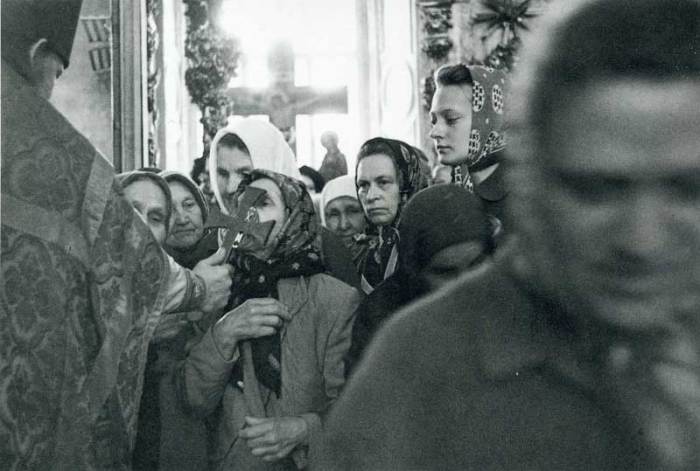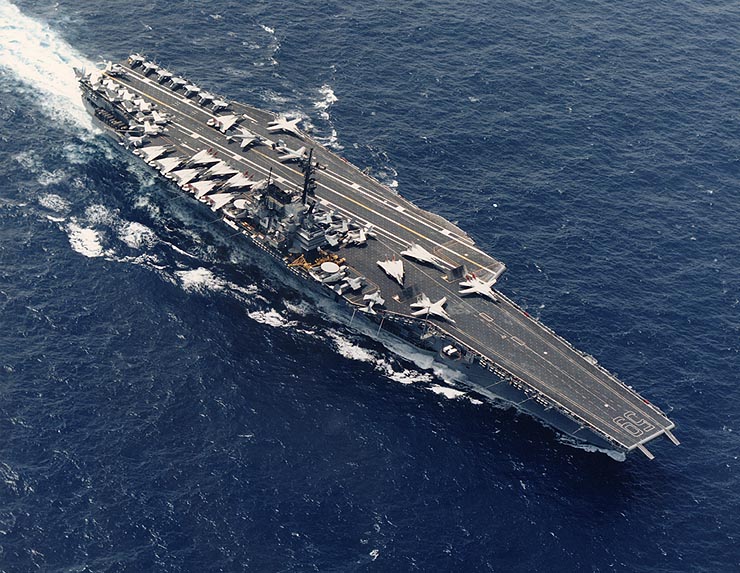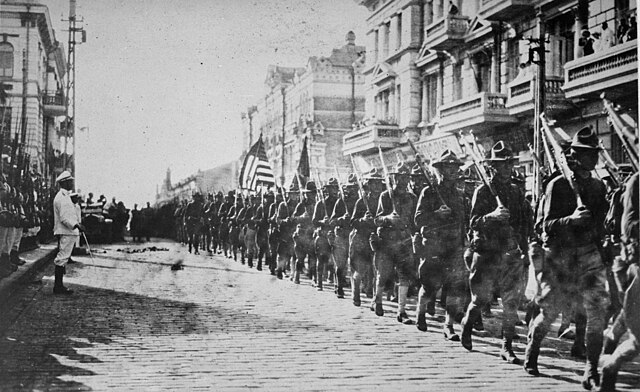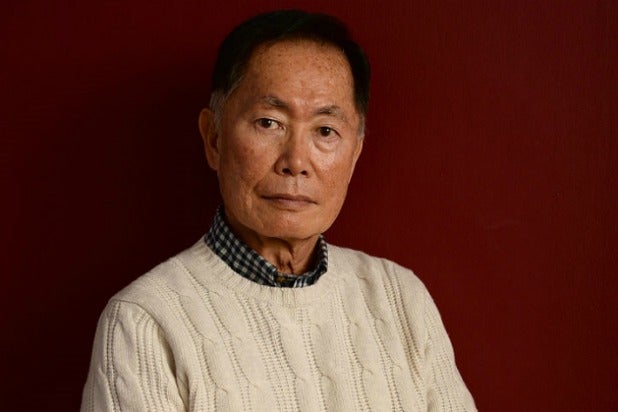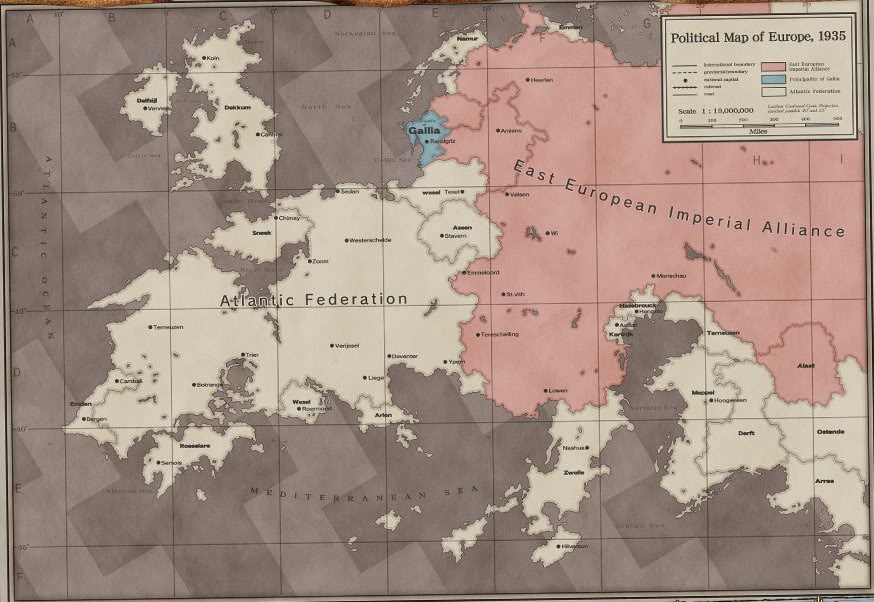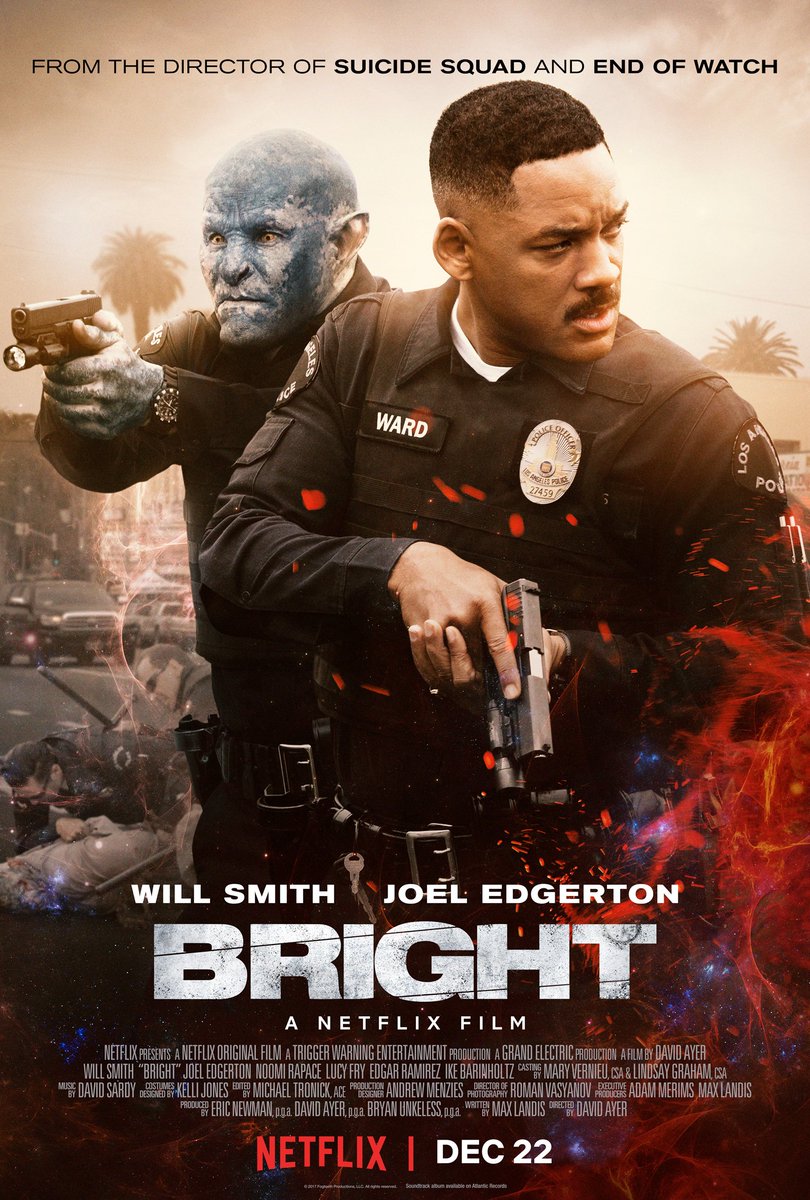The map of Europa from
Valkyria Chronicles, a Korean game that combines Second Weltkrieg era weaponry with a fantasy plot. It also mixes elements of shooters with strategy, as the player must command a small squad of soldiers in battle to gain victory.
The game takes place in Europa, a parable to Europe. In the past, Europa was dominated by the Valkyryur Empire, a utopia where magic was able to provide for the welfare of all people. The Empire collapsed, however, leading to chaos, with Europa eventually coalescing around the Monarchist East European Imperial Alliance, based on Mitteleuropa, and the People's Republic of Atlantea, based on the Internationale, which formed after the Atlantean Republic lost the First European War.
The game opens with the People's Republic invading Gallia, the home of one of the two main protagonists of the game, Alicia Melchiott. Alicia, a girl from a minor noble family, is playing with her friend, Selvaria Bles(a Darscen, who are oppressed across Europa) when they come across Imperial Captain Welkin Gunther, the second protagonist of the game, who is leading his squad in retreat from the Atlantean onslaught. In a tutorial mission, players take control of Welkin's squad as he attempts to evacuate the town. The heroes fail, however, as Atlantean troops take aim at Alicia and Selvaria, to stun, as per the orders of the mysterious Atlantean General Maximilien Eubriand. This results in Alicia summoning a shield, seemingly out of thin air, allowing for Welkin and his squad to escape. Selvaria, however, is captured, despite Alicia giving her a chance to escape.
This reveals a major mechanic of the game: Alicia's magic. She is able to provide buffs to the player's squad, summon shields, or act as a super-soldier. The means by which the player achieves this, though, are left ambiguous initially, so as to set up a plot twist down the road. It is revealed over the course of several missions as the player retreats into the Empire away from the Atlantean army that Alicia has the power of the old Valkyries; again the reason is left ambiguous. Meanwhile, Eubriand meets with his lieutenants: Oscar Moss(a fairly clear reference to Mosley) a scenery-chewing maniac who likes cackling evilly almost as much as he likes ranting about Direct Rule from Westernschade, and Spinello Viccini, Eubriand's adjutant who feels immense respect for him. Eubriand introduces the first of a super-soldier program harnessing Valkyrie magic... Selvaria Bles.
Soon after, Selvaria and a squad of Atlantean troops attempt to destroy Welkin's squad. Selvaria confronts Alicia, where the latter demands to know why her friend betrayed her. Selvaria tearfully questions if Alicia can comprehend the oppression she's had to deal with on a daily basis, saying that Atlantea, and Eubriand, represent freedom for her people; for that she is more than willing to betray one friend. At this the Imperial army arrive, forcing Selvaria and her Darscen squad to retreat.
Welkin's squad gain a brief respite, and meet with General Werner von Kalmann, an overall affable man who is somewhat bigoted, though not consciously. Welkin is informed that General Viccini is moving with a tank division towards the Empire's oil reserves. After a series of missions, the division is surrounded and Viccini captured... only for the squad to discover that the attack was diversionary in nature, with the true thrust being towards the Imperial Capitol.
What follows is a massive sandbox map of the Capitol of Randgriz. However, the player doesn't have the time to fully explore it(but can take many alternate routes through the city) as they fight their way through the city towards the Imperial Palace to save the Imperial Family. The mission ends in a boss fight with General Moss in a self-propelled artillery unit, who had been destroying the "Aristocratic, Imperialist city that should be ruled directly by the Proletariat" before the player stops him. As the squad fights their way into the palace, they encounter Selvaria, who has killed the Kaiser, Frederick IV, prompting a second boss fight where the player has to protect Crown Princess Cordelia; here, Alicia is strong enough to gain an advantage, but is stopped by Maximilien Eubriand. Eubriand is revealed to be a user of magic himself; he encourages Alicia and Welkin to join him in building a better world. When they refuse, he enigmatically replies that he has what he came for, and asks that they come to Gallia. As Cordelia is crowned Kaiserin, the Imperial army departs; she herself vows that the Empire will not rest until the leadership off the People's Republic are brought to justice for their atrocities.
The next series of missions involve liberating Gallia, including a storming of Alicia's hometown, Bruhl, still in a state of disrepair after becoming a battlefield. Alicia also discovers a mass grave containing her parents, and vows vengeance. Welkin, meanwhile, questions the ethics of forcing men into battle while having a conversation with the captive General Viccini, asking the man why he supports Syndicalism. Viccini replies that he doesn't support Syndicalism, simply Eubriand; he has an immense amount of respect for the man, as he thinks he actually cares for common people. The Gallia arc climaxes with an assault on a laboratory, where it is revealed that the Valkyrie harnessed the power of magic through human sacrifice; the player can read this information in notes throughout the level. The squad also find a machine to harness magic energy, and dozens of corpses; ether, the basis of magic, is actually made up of human souls, which the Valkyrie intercepted on their way to the afterlife using machines like what Eubriand has. The souls don't need to be harvested for small scale combat magic, but they are needed to support Valkyrie civilization. Finally they find a message: Meet me tonight.
Welkin and Alicia meet with Eubriand and Selvaria; Eubriand goes on a speech about how the suffering of the few is a small price to pay for the prosperity of the many. Alicia considers this, but rejects it, remembering what Selvaria told her about minorities. Back at the base, she asks Welkin to kill her, not believing she can be trusted with limitless power if she kills others. Welkin talks her down, saying that the need to stop Eubriand comes first.
The next mission is a full-scale assault on the final Atlantean line of defense before an invader can reach the People's Republic itself: the Revolutionary Defensive Line. This mission is partially a stealth mission, with players needing to infiltrate the enemy fortifications and kill the soldiers inside. The level following this involves the second boss fight with Moss, where the player must position their soldiers to take cover against his artillery strikes, and edge closer to kill the mad General. Following this victory, the Imperial Army prepares to invade Atlantea.
In the Atlantean capitol of Westernschade, meanwhile, Eubriand and Selvaria meet with the Atlantean Committee of Public Safety. The Committee tell the General that they have negotiated a peace treaty with the Empire whereby Atlantea will cede several border provinces and grant independence to half of its territory but Syndicalism will be allowed to continue. Eubriand replies that he denies these terms; Atlantea is too close to gaining utopia to give up now. The Committee try to arrest Eubriand with the Red Guards, but Eubriand and Selvaria easily defeat them with magic before massacring the entire government. Eubriand then gives a speech detailing how the Committee have betrayed the Revolution, and that he was taking command of a government of national salvation, that demands that everyone, including the elderly and children, fight for the Revolution. Many new militias are raised in preparation for the final battle. Eubriand then reveals to Selvaria his true plan: to lure the Imperial army into the capitol and kill them all with a bomb. Such a massive amount of death would give him enough energy to begin to build his utopia... although sacrifices would need to be maintained.
Meanwhile, the Imperial Army advances through the countryside surrounding Westernschade. The player is faced with guerrilla war, in many cases from child soldiers. If the player spares all children(by lowering their health such that their AI decides to retreat and not killing them) Spinello Viccini joins the party, seeing that they care more about the people than Eubriand. At the end of the level Selvaria meets with Welkin and Alicia, warning them not to enter the city, and live to experience utopia. What follows is a speech by Welkin to his men rejecting Eubriand and his willingness to sacrifice so many lives for utopia. Welkin tries to convince Kalmann to not attack Westernschade, but the General refuses. Thus, the last three levels of the game begin.
In the first level of the climax, the player storms through Westernschade, reaching the airport where Eubriand's plane carrying the bomb is about to take off. This results in a final boss fight with Selvaria, as she guards the entrance to the plane. Alicia refuses to kill her former friend, leaving her incapacitated, and they move into the plane as it takes off. This next level presents the player with a variety of objectives; one squad, containing the engineer class, must move into the bomb bay to deactivate the bomb; one must move to the cockpit and confront Eubriand. The bomb is defused and Eubriand's magic is defeated, and the plane crashes. Just as the war seems to be ending, Eubriand emerges from the plane, having rerouted all the ether from everyone who died in the battle to himself. He can't create his utopia, but he can destroy the horrible world everyone lives in. This results in the final boss fight of the game, against a godlike Eubriand. In the first phase of this fight, the player can't even damage Eubriand, and must survive against him, until Selvaria, realizing the error of her ways, sacrifices herself to break his magic shield. Even with this, not even Alicia alone has a chance against him, but the entire squad working together is able to slowly lower his energy, allowing the final blow to be struck. In fury, he roars "You chose this! You chose this world!" as he is defeated. The war has finally come to an end.
Viccini is put in control of Atlantea to rebuild the country, as Welkin and Alicia settle in with their lives after the war. Alicia asks Welkin to make sure she's never seduced by magic as Eubriand was. The game has been praised for its story, gameplay, and villain, although some believe that the metaphor about a Syndicalist utopia and magic is somewhat heavy-handed. The game also received an animated series and several sequels. Valkyria Chronicles 2 follows Kaiserin Cordelia's fight against a military coup led by Conservative Generals, while the third game is a prequel showing the fall of Eubriand from a heroic army captain in the First European War to the villain he becomes.
